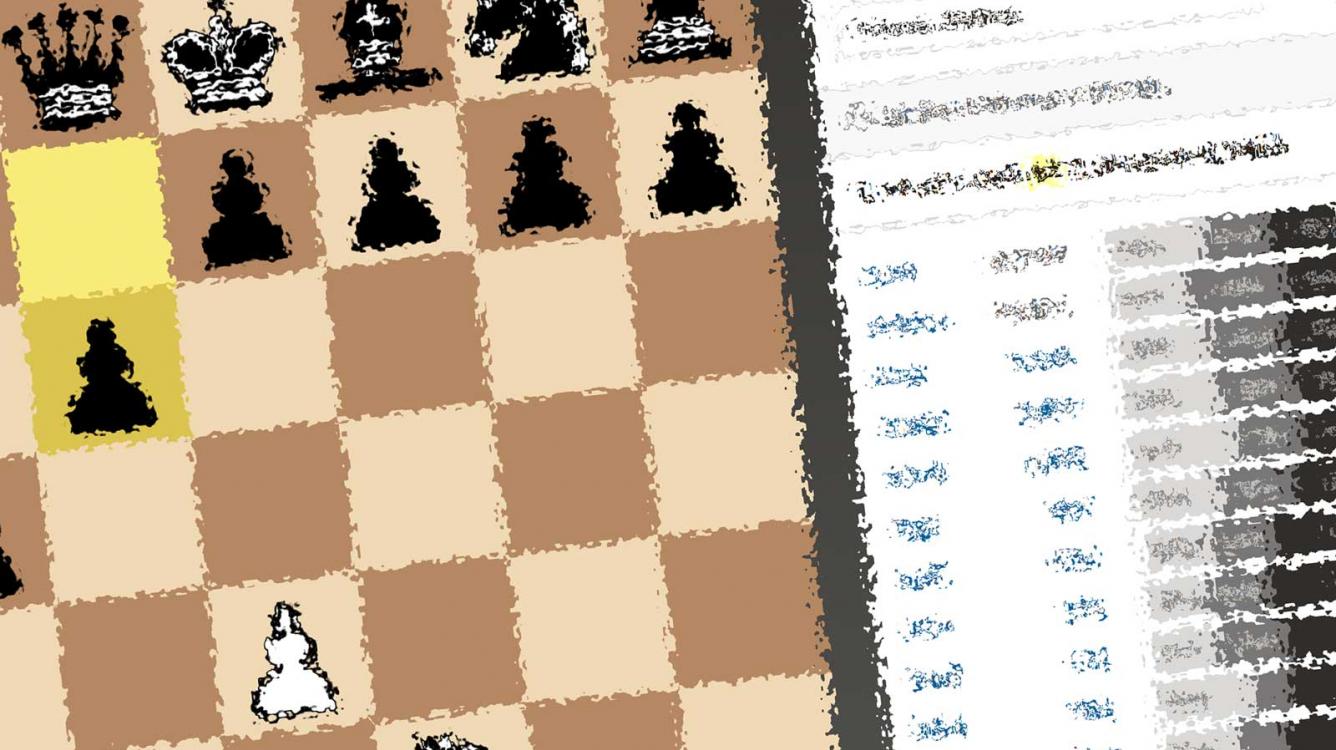
How To Use The Opening Explorer On Chess.com, The Right Way!
If you're an amateur chess player like me, you've probably heard that it's important to play good openings in chess. When you sign up for a premium Chess.com membership, you get access to Opening Explorer, a tool that's supposed to make things easy. The first time I used it, however, the Chess.com Opening Explorer confused the heck out of me.
I was fortunate to have recently had the opportunity to co-host Chess.com's Amateur Hour TV show with Danny Rensch, and I asked him about how to use Opening Explorer during our broadcast. As it turns out, Opening Explorer is simple to use, once you know how to approach it correctly. In this article, I'll give you IM Danny Rensch's tips about how to use the Opening Explorer on chess.com to start improving your chess game right away!
And, if you want to learn the fundamental opening strategies that every beginner should know, check out my article called Chess Opening Moves: A Master’s Top 3 Strategies For Beginners for a summary of what Danny told me during our show.
Why I Was Confused
I had fiddled around with Opening Explorer before, but the sheer number of possibilities it presents was confusing. I wasn't sure how to "choose a path" by looking at the win percentages displayed on the right side of each move. Which move was the right move? How could I know what to choose if I'm black, and all of the moves gave losing percentages?
As usual, Danny said I had been thinking about it exactly wrong.
Tips For Using The Chess.com Opening Explorer
- As long as a move has been played a few hundred times or more, it's an option.
- If there's a move that's been played 10,000 times and then others that have been played just a few hundred times, there's a clear choice about which move is the best.
- People focus way too much on the statistics of a move that scores better, and then they get overwhelmed because there are a lot of options, all of which have been played hundreds of times. What should they do? Forget about all that!
- As long as a move has been played a few hundred times and it's within a percentage of a decent score, then it's an option.
- What's important is to choose an option and then stick with it.
- Commit to an opening repertoire so you can start to get positions consistently.
- Take your games and plug them into opening explorer so you'll be building a little bit on every game.
The Biggest Mistake You Can Make With Opening Explorer
The biggest mistake you can make is to overwhelm yourself by trying to change your openings and come up with a new idea every game. Chess is hard enough. You're already on a steep learning curve, and changing openings or up with new positions each game is only making your progression slower.
The fastest way to get getter at chess is to get the same position as many times as possible so that you don't keep making the same mistakes.
Reopening Opening Explorer
I hope this article has helped to clarify your thoughts about how the Chess.com opening explorer works and how to use it the right way. If you're trying to get better, a great next step would be to check out my article filled with more of IM Danny Rensch's sage advice, 3 Keys To Getting Good Positions In Chess: How To Win For Beginners!
Share this article with your friends on social media and on Chess.com, and let's all take our chess game to the next level!
